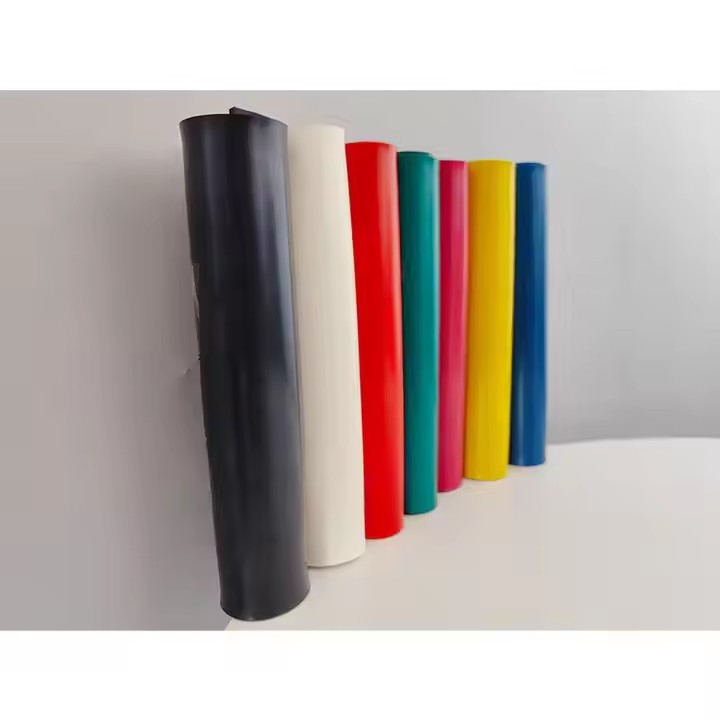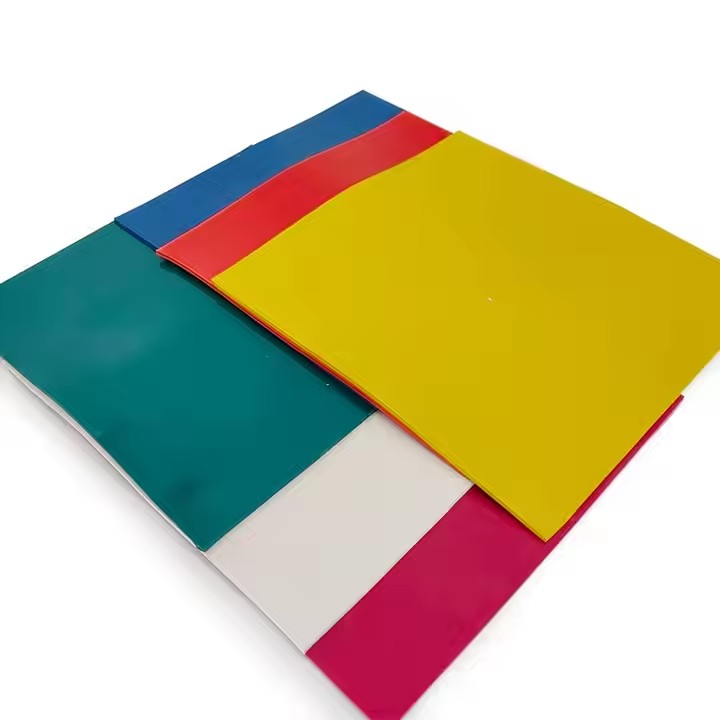 1. Why test abrasion and weathering?
1. Why test abrasion and weathering?
About 70% of industrial rubber sheet failures are due to wear thinning or surface cracking, not tensile breaks. Abrasion reduces sealing contact pressure. Rain, sunlight, and ozone cause surface cracks. These cracks can make gaskets unusable too soon. To provide a realistic “service life” in a product datasheet, start by including the lab results for abrasion and UV/ozone aging.
2. Test standards (summary)
Abrasion tests: GB/T 1689-2014 (Akron abrasion), GB/T 9867-2008 (DIN drum method).
Weathering tests include:
GB/T 11206-2006 (artificial climate, fluorescent UV)
GB/T 7762-2015 (ozone aging)
The team vulcanized and conditioned all specimens for over 16 hours before testing. Test conditions: 23 ± 2 °C, relative humidity 50 ± 5%.
3. Laboratory head-to-head: three formulations in the same run.
Specimen: 6 mm thickness, hardness 70 ± 3 Shore A. Formulations:
A: NR/BR (natural rubber / butadiene rubber) — conventional carbon black reinforcement.
B: NBR + PVC blend (nitrile rubber + polyvinyl chloride).
C: EPDM (peroxide-cured).
Akron abrasion (1.0 kg load, 15° tilt, 1000 revolutions)
Volume loss ΔV (mm³): A = 132, B = 96, C = 158. Wear index (A = 100%): B = 137%, C = 83% (i.e., B is the best wear resistance relative to A in this metric).
DIN drum abrasion (5 N load, 40 m stroke)
Relative volume loss (mm³): A = 142, B = 104, C = 171. Trend agrees with the Akron test: NBR-PVC blend (B) shows the lowest wear; EPDM (C) shows the highest. All values meet the HG/T 2020-2029 standard for “industrial oil-resistant rubber sheet.” The acceptance limit is ≤ 250 mm³.
UV-condensation cycle (UV-B 313 nm, 0.71 W/m²; 60 °C irradiance 4 h → 50 °C condensation 2 h; total 1000 h)
Tensile strength retention: A 78%, B 85%, C 92%
Elongation at break retention: A 71%, B 80%, C 94%
Surface cracking rating (0 = best): A = 3 (visible cracks), B = 2, C = 0
Ozone aging (50 pphm ozone, 40 °C, 20% strain, 168 h)
Cracking rating: A = 4 (crack depth > 0.5 mm), B = 3, C = 0
Conclusion from lab data:
EPDM (C) is weather-resistant and holds up well to ozone. But, it is a bit less durable against abrasion.
NBR-PVC blend (B) has the best abrasion resistance. It’s perfect for slurry and pump or valve linings.
NR/BR (A) is cheaper but needs UV/ozone additives, like wax and 6PPD, for outdoor use or in ozone-rich environments.
4. Field cases (real operating evidence)
Case 1 — Iron ore regrind discharge chute lining (installed in 2018)
Conditions: slurry with 78% −0.074 mm fines, solids density 4.2 t/m³, flow velocity 3.2 m/s, temperature 28 °C.
Material: B formulation (NBR-PVC), 6 mm lining.
Track record: after 4 years, least remaining thickness = 3.8 mm; average annual wear = 0.55 mm. Projection: the remaining thickness is about 0.5 mm. This meets the planned “two wears / one spare” maintenance cycle.
Case 2 — Wind farm transformer rubber gaskets (Inner Mongolia, installed in 2015)
Conditions: outdoor UV dose 160 kcal/cm² per year, winter −30 °C, summer surface 65 °C, ozone 40–60 ppb.
Material: C formulation (EPDM, peroxide-vulcanized).
Track record: Year 8 sampling showed hardness rose from 72 to 75 Shore A. Tensile retention stayed at 90%. There was no surface cracking. Nearby NR gaskets required replacement due to 1 mm cracks in the same period.
 5. Practical test tips (lab-to-field fidelity)
5. Practical test tips (lab-to-field fidelity)
Cut the Akron specimen geometry into a 12.7 mm wide ring with a 45° scarfed joint. After machining, ensure the thickness difference is ≤ 0.1 mm. If not, results may vary by more than 10%.
DIN drum: Use 60-grit corundum paper. Rotate the abrasive paper 1/3 turn every 40 m. This helps prevent local dulling and keeps wear numbers accurate.
UV chamber: Keep the sample 55 mm from the lamp center. If the distance goes over 65 mm, irradiance drops by about 15%. So, secure sample positions for batch tests.
Ozone chamber: An internal airflow of about 0.3 m/s is enough. Higher speeds can strip ozone away, leading to falsely low concentration readings.
Note: abrasion and weathering are a trade-off. Increasing carbon black or sulfur lowers abrasion but speeds up UV cracking. So, pick a formulation based on real service conditions, not just the best single data point.
6. Quick reference recommendation table
| Service keyword | Recommended compound | Abrasion ΔV limit | UV 1000 h strength retention | Note |
|---|---|---|---|---|
| Indoor dry wear | NR/BR | ≤ 150 mm³ | ≥ 70% | Low cost |
| Outdoor sun exposure | EPDM | ≤ 200 mm³ | ≥ 90% | Add UV wax if needed |
| Oil + abrasive slurry | NBR-PVC | ≤ 110 mm³ | ≥ 80% | First choice for slurry |
| High ozone | EPDM | — | — | Crack rating 0 |
Write these test values into acceptance documents—measured data is more convincing than marketing promises.
7. Recommended procurement & design notes
Specify the compound family (NBR-PVC, EPDM, NR/BR) and the needed test reports in your sales orders.
Please provide sample certificates for the following:
Akron abrasion
DIN abrasion
UV retention (1,000 hours)
Ozone cracking rating
For outdoor service, use a UV stabilizer or wax. For slurry service, ensure better filler dispersion and control hardness.
For sealing applications, specify the gasket shape and recommended torque. This helps to prevent mechanical damage and reduces wear.
8. Conclusion
For industrial rubber sheets, choose materials based on actual conditions. Consider factors like abrasive load, oil chemistry, and UV/ozone exposure. Use NBR-PVC blends for heavy abrasion and oil/slurry resistance. Select EPDM for great weathering and ozone resistance. Opt for NR/BR for cost-effective indoor wear in controlled environments. Select your materials and maintenance plan using actual data on abrasion and weathering. Don’t rely on popular catchphrases.
 Hongwo Sealing Sheet
Hongwo Sealing Sheet

 1. Why test abrasion and weathering?
1. Why test abrasion and weathering? 5. Practical test tips (lab-to-field fidelity)
5. Practical test tips (lab-to-field fidelity)
Scan the QR Code to start a WhatsApp chat with us.